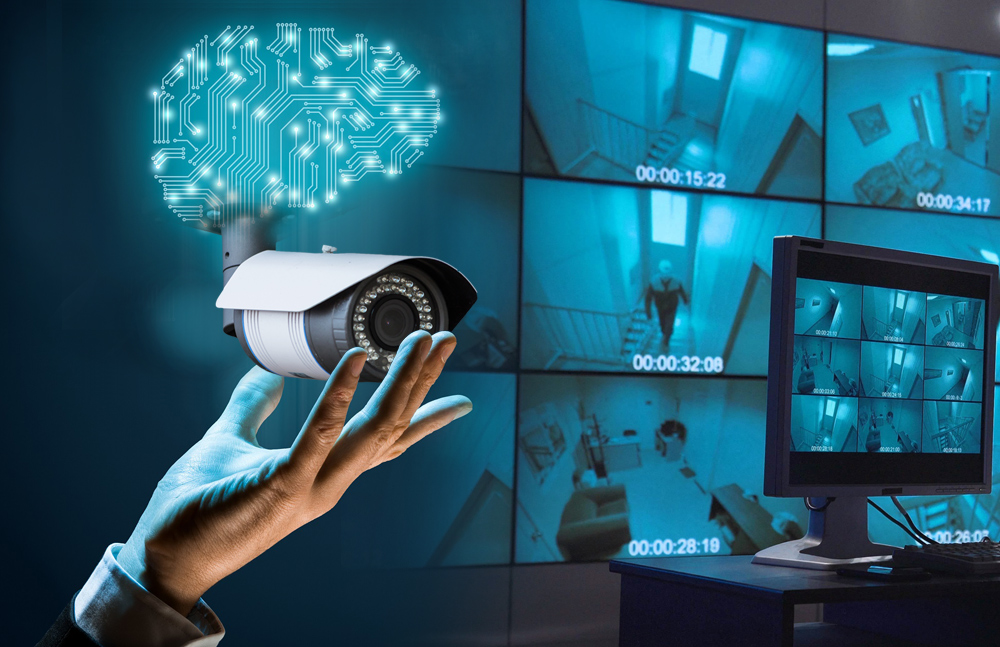Safeguarding Societies – The Societal Impact of Video Surveillance Systems
In an era dominated by technological advancements, video surveillance systems have emerged as a critical tool for safeguarding societies. These systems, comprised of cameras strategically placed in public spaces, have far-reaching effects on various aspects of society, influencing not only crime prevention but also privacy concerns and societal dynamics. One of the primary benefits of video surveillance systems lies in their role as a deterrent to criminal activities. The presence of cameras in public spaces acts as a powerful deterrent, dissuading potential wrongdoers from engaging in illicit activities. The knowledge that their actions are being recorded and monitored serves as a significant preventive measure, contributing to the overall reduction in crime rates. Cities and communities that have invested in comprehensive surveillance infrastructure often witness a decrease in various offenses, including vandalism, theft, and assault. However, the implementation of video surveillance systems also raises significant concerns regarding privacy. As the watchful eye of cameras extends into public spaces, questions arise about the balance between security and individual privacy rights.

Striking this delicate balance requires careful consideration of ethical and legal frameworks to ensure that surveillance is conducted within acceptable boundaries. Transparent policies, clear guidelines on data storage and access, and public awareness campaigns are essential components of responsible video surveillance implementation. The societal impact of video surveillance extends beyond crime prevention and privacy considerations to influence the dynamics of communities. While enhanced security can foster a sense of safety and well-being among residents, it may also lead to unintended consequences. The constant surveillance can create a culture of suspicion, eroding trust within communities. Citizens may become increasingly self-conscious, altering their behavior in public spaces due to the awareness of being under constant observation. Striking a balance between security and maintaining a sense of community trust requires thoughtful planning and communication. This proactive approach to security sets the modern video surveillance core apart, enabling it to move beyond passive observation to actively preventing and mitigating potential threats.
The availability of video surveillance company san antonio can aid in quick response to incidents, improving the efficiency of investigations and crisis management. However, it also raises concerns about the potential misuse of the collected data. Safeguards must be in place to ensure that access to surveillance footage is restricted, and strict protocols govern its use. The responsible use of technology by law enforcement agencies is crucial to preventing abuses and maintaining public trust. Video surveillance systems play a pivotal role in safeguarding societies, offering a powerful tool for crime prevention and law enforcement. However, the societal impact of these systems extends beyond their primary objectives, influencing privacy, community dynamics, and the relationship between citizens and authorities. Striking the right balance between security and individual rights requires a nuanced approach, with transparent policies, ethical considerations, and ongoing public discourse. As technology continues to evolve, societies must remain vigilant in addressing the challenges posed by video surveillance systems to ensure they serve as a force for positive societal impact.